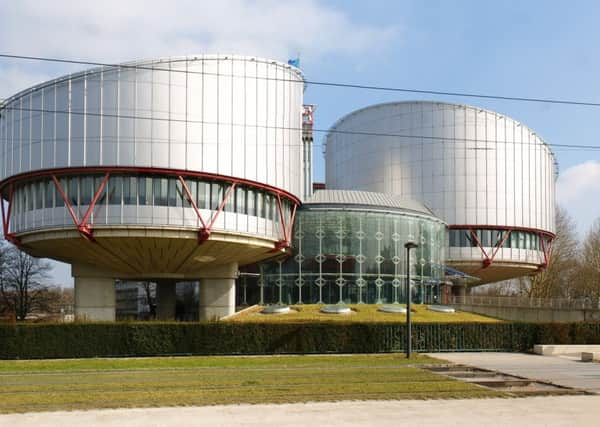Key questions after European Court refuses to revise '˜Hooded Men' torture ruling


Here are some key questions following the decision:
Why has this case arisen again, almost 40 years after the original judgment?
The Irish Government alleged new evidence had come to light, which if known at the time would have affected the decision in the original judgment. It included material which had been classified at the time of the original proceedings but released into the United Kingdom’s public archives 30 years later.
Why is a revision significant?
Advertisement
Hide AdAdvertisement
Hide AdChamber judgments are final unless referred to the Grand Chamber, whose judgments are always final. On the grounds of legal certainty, a revision request is therefore an exceptional procedure. Such requests are subjected to strict scrutiny.
Was there not an earlier finding in Strasbourg that the men in the case had been tortured, which the British Government did not dispute? Why were there then proceedings before the court itself?
An initial report was issued by the European Commission of Human Rights in 1976. The commission was a body which dealt with cases before they went to the court. It issued reports, establishing the facts and expressing opinions, and could refer cases to the court. In the present case, the Irish Government asked for a referral to the court itself for a ruling. The court came to a different conclusion than the commission on the question of torture, finding that there had been inhuman and degrading treatment rather than torture. The commission no longer exists.
Is this the court’s final word in the case of Ireland v the United Kingdom?
Advertisement
Hide AdAdvertisement
Hide AdAs this is a Chamber judgment, it is in principle possible for either side to ask for it to be referred to the Grand Chamber (composed of 17 judges instead of seven in the Chamber). It would be for a panel of the Grand Chamber to decide on such a request.
What is torture in the eyes of the Court?
Torture is understood to mean “deliberate inhuman treatment causing very serious and cruel suffering”. The court has also spoken of a “purposive element” in torture, as recognised in the United Nations Convention Against Torture.